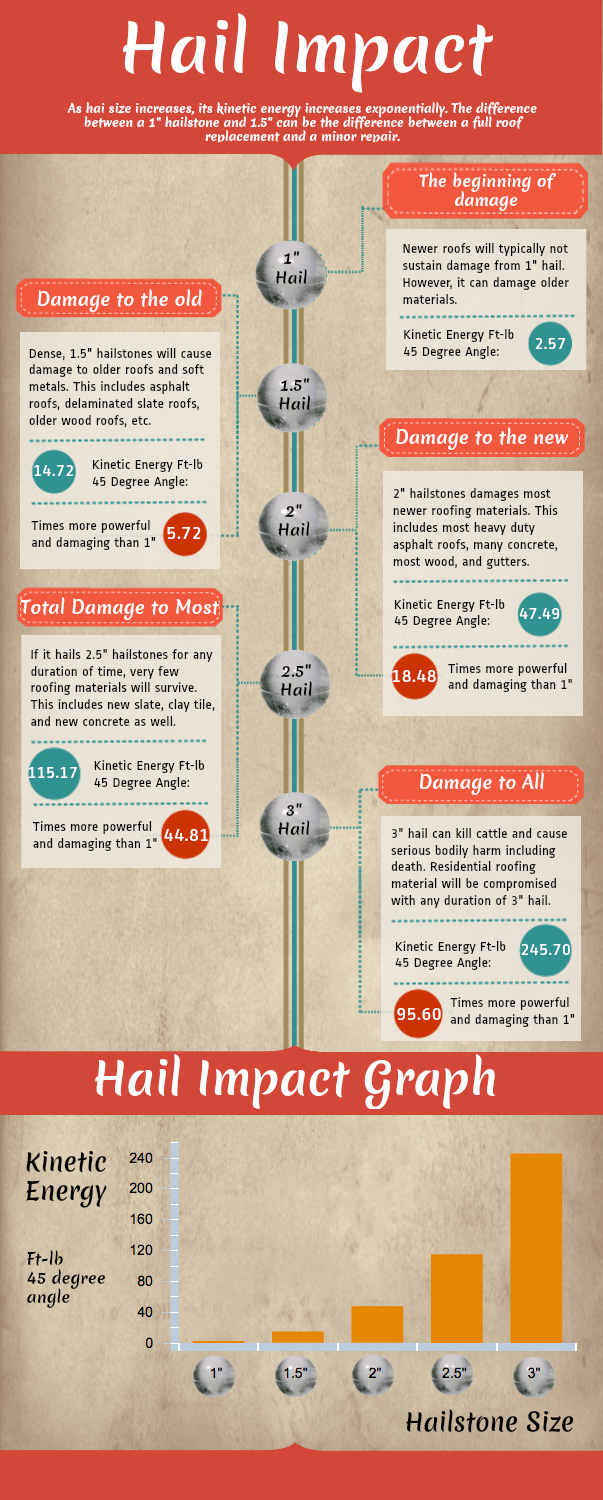The Contribution Of Roofing Air Flow To An Effective Installment Refine
The Contribution Of Roofing Air Flow To An Effective Installment Refine
Blog Article
Created By-Kock Manning
When you're dealing with a roof covering project, you might not think much regarding roof ventilation, but it's even more essential than you recognize. Reliable ventilation assists regulate temperature level and wetness in your attic room, protecting against issues like mold and structural damages. By comprehending exactly how to create and set up san antonio roof repair contractors balanced ventilation system, you can boost power effectiveness and prolong the lifespan of your roof products. So, what are the vital elements to think about during setup that can make all the distinction?
Value of Roofing Ventilation
Roofing system ventilation plays a crucial function in maintaining the total wellness of your home. By enabling fresh air to flow with your attic room, it helps manage temperature and moisture degrees. This equilibrium is important to avoid warmth accumulation throughout warm months, which can cause raised energy expenses as your cooling works overtime.
Additionally, proper ventilation significantly lowers the risk of moisture-related concerns like mold and mildew and mold. If humidity levels climb, your home's architectural stability can be jeopardized, causing costly repair work. You wouldn't want to manage decomposing wood or deformed roof covering products, right?
Additionally, sufficient ventilation prolongs the life-span of your roof. When residential flooring contractors and moisture are kept in check, your roofing system can execute optimally, protecting against premature damage. This implies less frustrations and expenditures down the line.
How Roofing System Ventilation Functions
Efficient roofing system air flow relies on the all-natural motion of air to develop a balance in between intake and exhaust. When you mount vents, you're basically allowing fresh air to enter your attic while allowing hot, stagnant air to get away. This procedure aids control temperature level and wetness degrees, protecting against concerns like mold and mildew development and roofing system damages.
Consumption vents, commonly discovered at the eaves, reel in awesome air from outside. At the same time, exhaust vents, situated near the ridge of the roofing system, allow hot air rise and leave. The difference in temperature level creates a natural air flow, called the pile result. As cozy air increases, it creates a vacuum cleaner that draws in cooler air from the lower vents.
To optimize this system, you need to guarantee that the intake and exhaust vents are correctly sized and positioned. If the intake is limited, you will not accomplish the desired ventilation.
Also, insufficient exhaust can trap warmth and moisture, resulting in possible damage.
Key Installation Factors To Consider
When installing roof ventilation, several vital considerations can make or damage your system's efficiency. Initially, you need to analyze your roof covering's style. The pitch, form, and materials all influence air movement and air flow selection. Make sure to choose vents that fit your roofing system type and neighborhood environment problems.
Next, think about the positioning of your vents. Preferably, you'll want a well balanced system with intake and exhaust vents placed for optimum air flow. Area intake vents low on the roof and exhaust vents near the optimal to motivate an all-natural flow of air. This configuration assists avoid dampness accumulation and advertises power efficiency.
Don't forget about insulation. Proper insulation in your attic room prevents heat from leaving and maintains your home comfy. Ensure that insulation doesn't obstruct your vents, as this can prevent air flow.
Lastly, think of upkeep. Select air flow systems that are easy to gain access to for cleansing and assessment. Regular maintenance ensures your system continues to work effectively over time.
Conclusion
To conclude, roof covering ventilation is vital for an effective installment. By making sure correct air movement, you can protect against heat buildup and dampness problems that cause costly damage. When you purposefully setting consumption and exhaust vents, you boost power effectiveness and extend the lifespan of your roofing. Bear in mind, a well-ventilated roof not just safeguards your investment but also enhances your indoor air quality. So, prioritize air flow to make certain a resistant and affordable roofing system for your home.
